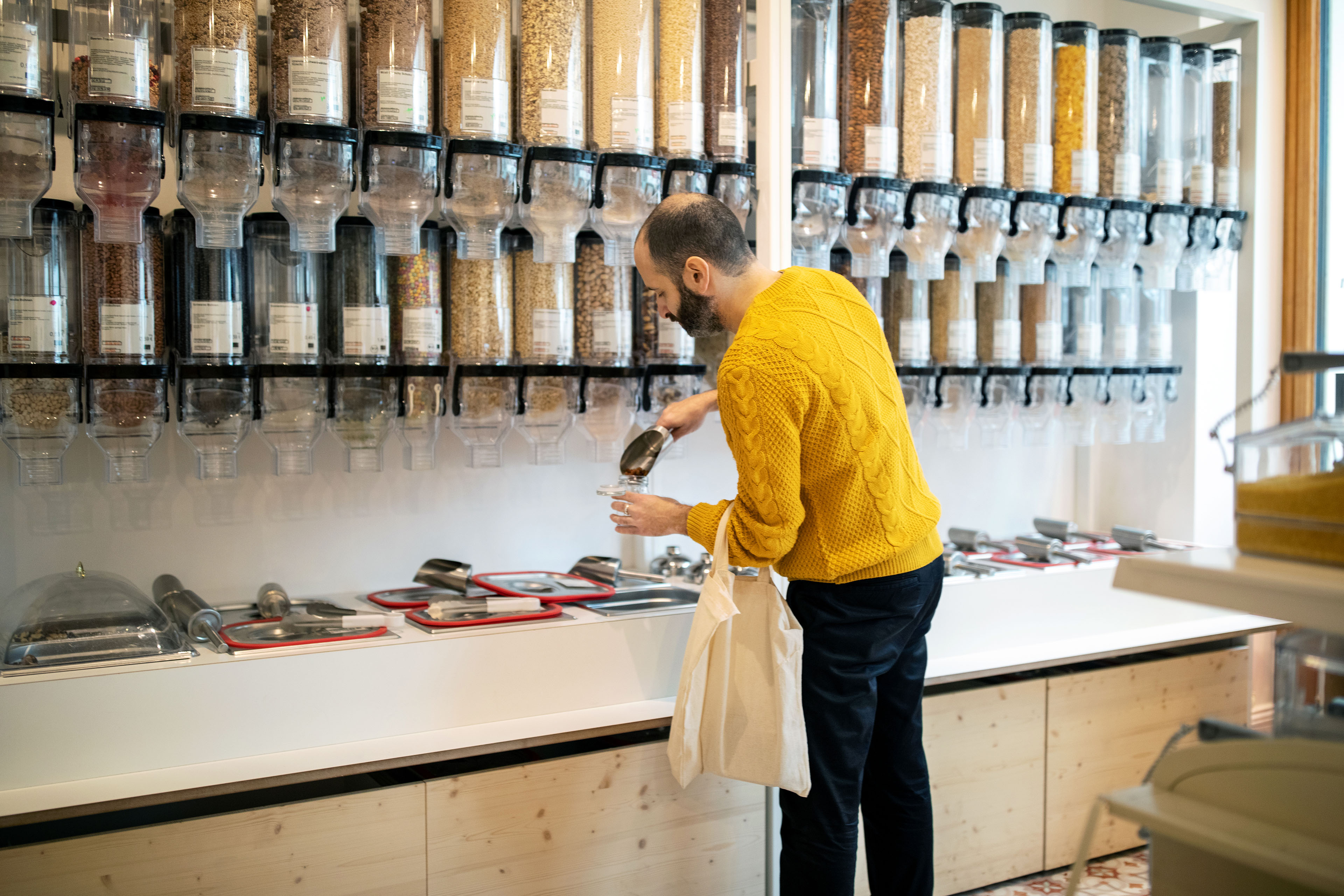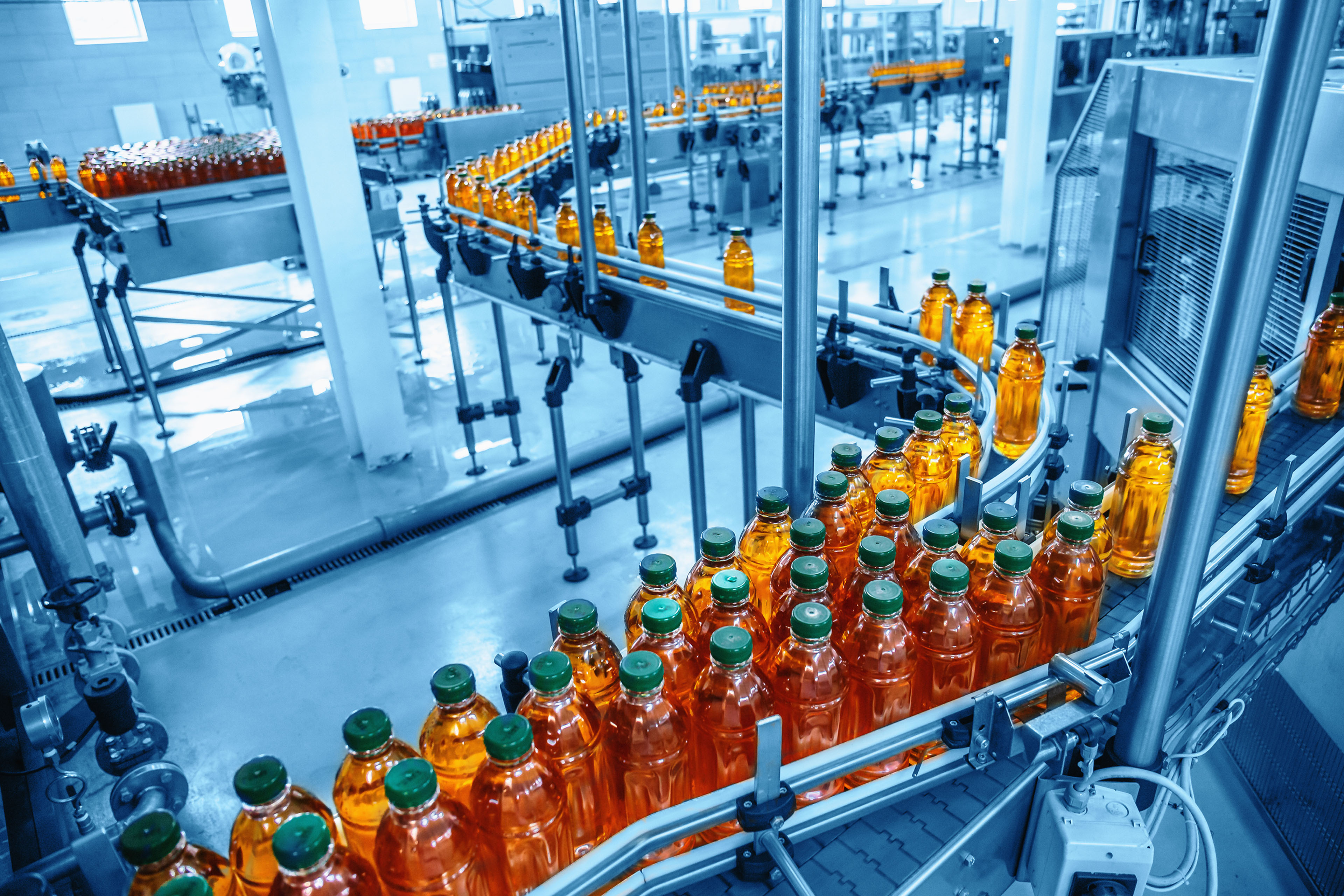EY refers to the global organization, and may refer to one or more, of the member firms of Ernst & Young Global Limited, each of which is a separate legal entity. Ernst & Young Global Limited, a UK company limited by guarantee, does not provide services to clients.

The PPWR aims to reduce packaging and can help transition our way of producing, distributing, and consuming toward a more circular economy.
In brief
- The PPWR is the result of nearly two years of discussions and lobbying between the EU legislation bodies, industry representatives and environmental NGOs.
- By setting strong obligations in the short and medium term, the PPWR enables industries to implement reuse systems, innovative circular packaging solutions and more.
- After the 2024 elections, the newly elected Parliament and Council will give their final approval in Q4 2024, and PPWR is expected to enter into force by 2026.
After an almost two-year discussion, the Packaging and Packaging Waste Regulation (PPWR) was voted on April 24th, 2024. While the final text is said to have been watered down from its initial environmental ambition, the prevention and reuse measures show a good step forward in reducing waste.
First introduced as a Directive in 1994 and continuously amended since, the PPWR has been under discussion since 2022 to set ambitious yet realistic reduction, reuse, and recycling targets to decrease the amount of packaging waste and improve end-of-life options.
While the Directive needed transposition by all EU Member States in their own legislation and mainly dealt with recycling and managing waste, today, we witness the vote for a regulation directly applicable in all EU countries to prevent waste from being generated in the first place. With reuse measures, market restriction bans, deposit-return scheme obligations, and more, the Regulation goes a step further in setting a clear direction for packaging and recycling in the EU and throughout the world.
Since the PPWR draft was published in November 2022, discussions have been marked by unprecedented lobbying (see our article from November 2023) from industry leaders and environmental organizations. The final vote took place on April 24th after disagreements between the three legislative EU bodies on two specific subjects: the EU origin of recycled content and the plastic-centered aspect of the law.
With reuse measures, market restriction bans, deposit-return scheme obligations, and more, the Regulation goes a step further in setting a clear direction for packaging and recycling in the EU and throughout the world.
Sophie Chirez
EY Belgium Climate Change and Sustainability Executive Director
Why do we need an ambitious regulation on packaging?
According to EU figures, each European generated 190kg of packaging waste in 2021, showing a 6% increase in a year time (2020-2021). This figure is expected to grow by nearly 20% by 2030, if no new rules are applied.
According to the Waste Hierarchy Framework, reduction should be the most effective and privileged solution to decrease the environmental impact of packaging and decrease the total amount of packaging waste generated each year.

This long-awaited regulation sets the ground for prevention and reuse targets and other actions to ensure the effective recycling of packaging.
- The regulation bans the use of PFAS above certain thresholds in food contact packaging from 2026, to prevent adverse health effects. Per- and poly-fluoroalkyl substances (PFAS) have been widely used in everyday products for some time due to their non-stick, waterproof, and heat-resistant properties. Also referred to as “forever chemicals” for their high resistance to degradation once in the environment, recent studies show PFAS have multiple toxic effects on human health (highlighted by the European Food Safety Authority – EFSA). From January 1, 2030, certain single-use plastic packaging formats will be banned, such as some used for unprocessed fresh fruit and vegetables, food and beverages filled and consumed in cafés and restaurants, individual portions and more. The text sets other restrictions on specific packaging formats.
- It also sets packaging reduction targets of 5% by 2030, 10% by 2035 and 15% by 2040 (compared to 2018) for specific sectors and encourages reuse and refill options for consumers. To reduce unnecessary packaging, the empty space ratio inside packaging will be limited to 50% for certain categories. By 2030, at least 10% of alcoholic and non-alcoholic beverages should be made available in reusable packaging within a reuse system, as well as take-away food and beverages offered by the food service sector.
- In order to increase collection and recyclability rates, member states will have to ensure, by 2029, the separate collection of at least 90% of single-use plastic bottles and metal beverage containers. To meet this target, they will be required to set up deposit return systems (DRS). Member states with 80% or higher collection rates by 2026 will be exempt from this requirement if they submit an implementation plan with a strategy for overachieving 90% of separate collection targets for 2029.
- By setting recycled content targets for any plastic part of packaging placed on the market and promoting higher collecting and recycling rates, this regulation aims to improve the circularity of packaging.
- As previously set out in the Directive, the Regulation requires all packaging to be reusable or recyclable, both by design and in practice, in an economically viable way by 2030. More information can be found in the European Parliament’s press release.
According to the Waste Hierarchy Framework, reduction should be the most effective and privileged solution to decrease the environmental impact of packaging and decrease the total amount of packaging waste generated each year.
Sofie Boddez
EY Belgium Climate Change and Sustainability Services Senior Manager
How will the PPWR impact companies?
Companies will have to:
- Adapt their packaging, products, and logistical flows to implement reuse systems. Especially for take-away food and beverages, end-distributors will be obliged to offer consumers the option of bringing their own containers, as well as set up separate collection streams for SUP bottles and metal beverage containers.
- Increase the proportion of recycled content in their plastic packaging.
- Decide on reduction levers for their packaging by removing all unnecessary packaging units, reducing the empty space ratio or thickness of the packaging, applying refill possibilities, etc.
While these targets and obligations constitute strong enablers for packaging circularity, they can imply huge transformations for companies. To ease the transition toward a more circular economy, prevention and eco-design plans (already mandatory in some countries) can be an effective and methodological way to set and achieve an ambitious circular strategy that not only complies with regulation but also goes the extra mile.
How can prevention and eco-design plans connect all the dots?
- They will help companies identify the actions to be taken to comply with PPWR and other EU/national packaging regulations (Single-Use Plastics, Green Claims Directive, Plastic Levy application, …) and set up a tailored action plan.
- As they constitute action plans on waste management and more global resource use, they will enable addressing CSRD compliance on ESRS E5 reporting and ESRS 1 / EU Taxonomy.
What’s next
After the elections in June, the newly elected Parliament and Council will give their final approval in Q4 2024, and PPWR will be expected to enter into force by 2026.
The PPWR vote is an important step to help transition our way of producing, distributing, and consuming towards more circularity. By setting strong obligations in the short and medium term, the text enables whole industries to implement reuse systems, innovative and more circular packaging solutions and more.

Keeping up with the evolving legal framework is a necessary step for companies to ensure compliance over time. Addressing the PPWR will ease the transition to a more circular economy and also enable compliance with other requirements related to circular economy: addressing European Sustainability Requirements Standards (ESRS E5 on Resource Use and Circular Economy) from the CSRD and Taxonomy’s circular economy expectations.
Our sustainability and packaging experts can support you in understanding current and upcoming regulation and its impact on your portfolio and provide you with the right insights on how to transform and reduce the environmental impact of your packaging.
How EY can Help
Redesign your packaging strategy in accordance with existing and upcoming legislation.
Read moreService Leader
-
 Sophie Chirez
Sophie ChirezEY Belgium Climate Change and Sustainability Partner
EY Belgium newsletter
Subscribe to our monthly newsletter and stay updated on our latest insights.
Summary
The Packaging and Packaging Waste Regulation is the result of nearly two years of discussions and lobbying between the EU legislation bodies, industry representatives and environmental NGOs. It aims to reduce packaging by setting reduction targets and banning several packaging by 2030. It also requires the development of reuse systems and separate collection targets by 2029 for specific products. Keeping up with the evolving legal framework is a necessary step for companies to ensure compliance over time, not just in regard to the PPWR but also with the broader EU regulation landscape (CSRD and EU Taxonomy).
Related articles
How EPR can tackle the upcoming packaging prevention challenges
The concept of Extended Producer Responsibility (EPR) can help companies move further towards building a long-term circular economy balance.
How to make your packaging portfolio ready for recyclability compliance?
Soon, recyclability will be a minimum requirement for all packaging. Producers should take action today and assess their packaging portfolio.

